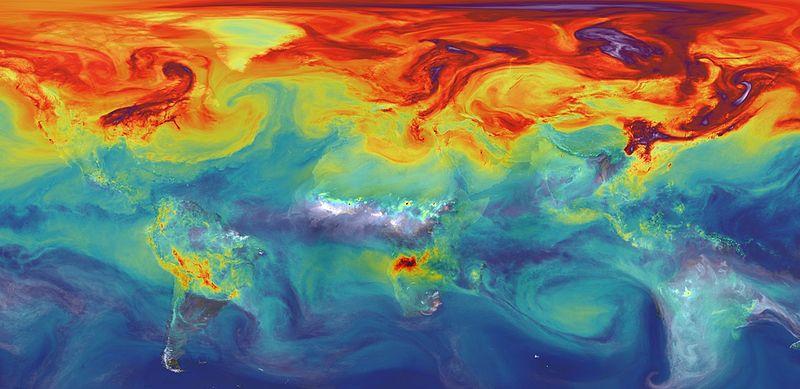The Environmental Protection Authority is leading New Zealand’s implementation of the Kigali Amendment, an international agreement to reduce the levels of hydrofluorocarbons (HFC) gases in the Earth’s atmosphere.
A new permitting scheme to protect New Zealand and New Zealanders from climate change will be introduced in February next year, to be applied to all bulk imports and exports of HFC gases, which are used in refrigeration units and air-conditioning units.
Dr Fiona Thomson-Carter, General Manager of the Environmental Protection Agency’s Hazardous Substances group, said science has shown HFC gases are potent greenhouse gases, which means they capture heat from the sun and release it into the Earth’s atmosphere.
HFC gases have a high global warming potential (GWP), which can be as much as 50 to 14,800 times more than carbon dioxide.
The Kigali Amendment builds on the 1987 Montreal Protocol, which has been instrumental in repairing ozone layer damage caused by ozone-depleting gases during the 1980s.
“If Kigali is successful it is estimated it could reverse current warming up to an estimated 0.5 degrees by the end of the century,” said Dr Thomson-Carter.
“The EPA’s role under the Ozone Layer Protection Regulations will see the Authority manage the permit system for 18 different HFC gases.”
Read more about the Kigali Amendment here.
Source: Environmental Protection Authority












